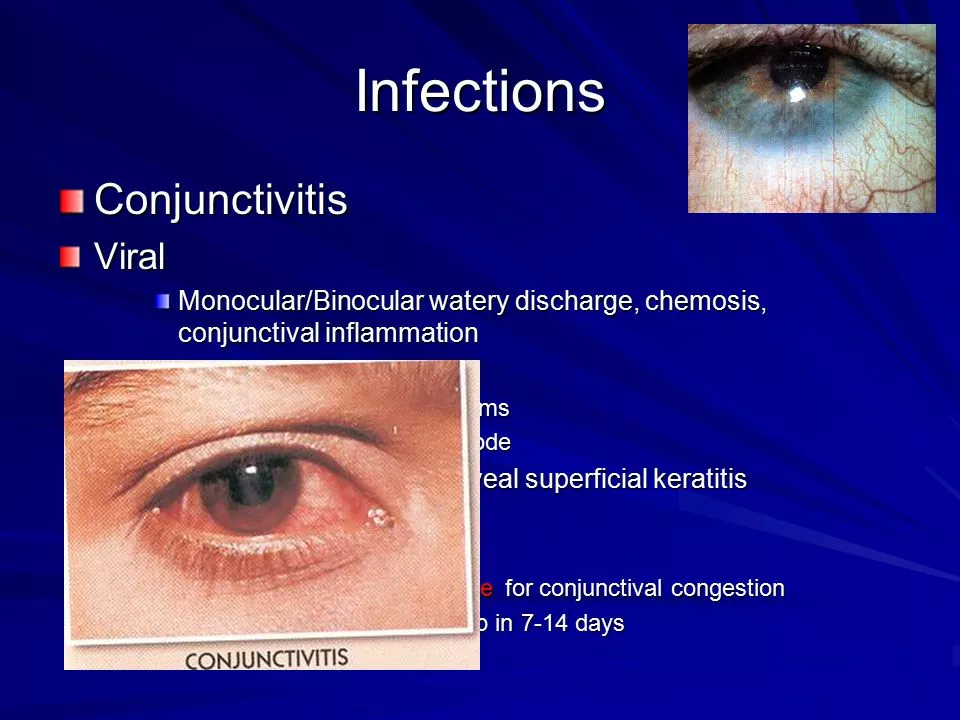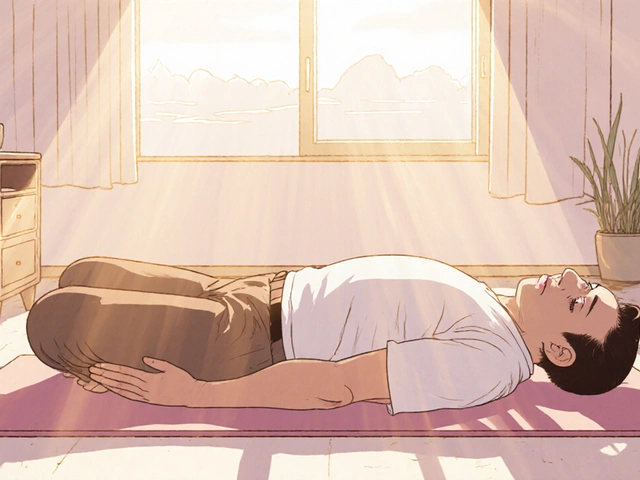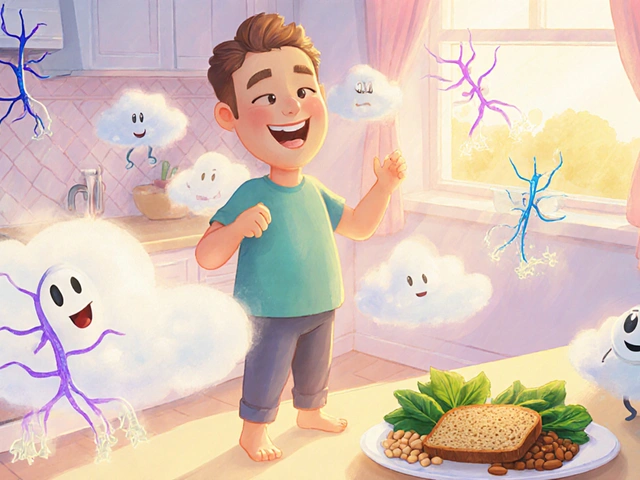Introduction to Bepotastine and Allergic Conjunctivitis
As a parent, it's always a concern when your child suffers from allergies that affect their eyes. Allergic conjunctivitis, also known as pink eye, is a common condition in children that causes inflammation and redness in the eyes. In this article, we will discuss Bepotastine, a medication used to treat allergic conjunctivitis, and explore its safety and effectiveness in children.
Understanding Allergic Conjunctivitis in Children
Allergic conjunctivitis is an inflammation of the conjunctiva, the thin membrane that covers the white part of the eye and the inner surface of the eyelids. This condition occurs when the body's immune system reacts to an allergen or irritant, such as pollen, dust, or pet dander. Symptoms of allergic conjunctivitis can include itching, redness, tearing, and swelling of the eyes.
In children, the condition can be particularly bothersome, impacting their ability to focus in school or enjoy outdoor activities. Moreover, it can be challenging for parents to find the right treatment to alleviate their child's discomfort.
What is Bepotastine?
Bepotastine is an antihistamine medication that works by blocking the action of histamine, a chemical released by the body during an allergic reaction. Histamine is responsible for the itching, redness, and swelling associated with allergic conjunctivitis. Bepotastine comes in the form of eye drops and is used to relieve these symptoms.
Is Bepotastine Safe for Children?
When it comes to the safety of Bepotastine for children, studies have shown that it is generally well-tolerated with minimal side effects. However, like any medication, there is always a risk of adverse reactions. Common side effects of Bepotastine include eye irritation, itching, and redness. These side effects are usually mild and do not require medical attention.
It's important to note that Bepotastine eye drops are approved for use in children aged two years and older. If your child is younger than two years, consult your pediatrician before using this medication. Additionally, always follow the recommended dosage and instructions provided by your child's healthcare provider to ensure the safe use of Bepotastine.
Effectiveness of Bepotastine for Allergic Conjunctivitis in Children
Several clinical trials have demonstrated the effectiveness of Bepotastine in treating allergic conjunctivitis in children. In these studies, participants reported significant improvements in itching, redness, and tearing after using the medication. Moreover, Bepotastine has been shown to provide relief quickly, often within 15 minutes of application, and its effects can last up to 8 hours.
Comparing Bepotastine to Other Treatment Options
There are several other treatment options available for children with allergic conjunctivitis, such as over-the-counter antihistamine eye drops, oral antihistamines, and corticosteroid eye drops. It's essential to discuss these options with your pediatrician to determine the best course of action for your child.
Compared to some other antihistamine eye drops, Bepotastine has been shown to provide faster relief and longer-lasting effects. Additionally, Bepotastine may cause fewer side effects than some other medications, making it a suitable option for many children.
Precautions and Tips for Using Bepotastine
When using Bepotastine eye drops for your child, there are a few precautions and tips to keep in mind:
- Always wash your hands before applying the eye drops.
- Do not touch the dropper tip to any surface, including the eye, to avoid contamination.
- If your child wears contact lenses, remove them before applying the eye drops and wait at least 10 minutes before reinserting them.
- If your child uses other eye medications, wait at least 5 minutes between applying different eye drops.
- Store the medication in a cool, dry place away from direct sunlight.
When to Consult Your Pediatrician
If your child's symptoms do not improve or worsen after using Bepotastine, it's essential to consult your pediatrician. Additionally, if your child experiences severe side effects or signs of an allergic reaction, such as difficulty breathing or swelling of the face, seek immediate medical attention.
Conclusion
In summary, Bepotastine is a safe and effective treatment option for children with allergic conjunctivitis. Its quick relief and long-lasting effects make it a suitable choice for many families. However, always consult your pediatrician before starting any new medication and follow their recommendations for dosage and usage. By doing so, you can help your child find relief from their allergy symptoms and enjoy their daily activities without discomfort.







Michelle Lyons
April 29, 2023 AT 02:35Cornelle Camberos
April 30, 2023 AT 19:24joe balak
May 1, 2023 AT 10:18Iván Maceda
May 2, 2023 AT 10:09Vrinda Bali
May 2, 2023 AT 14:12John Rendek
May 3, 2023 AT 01:50